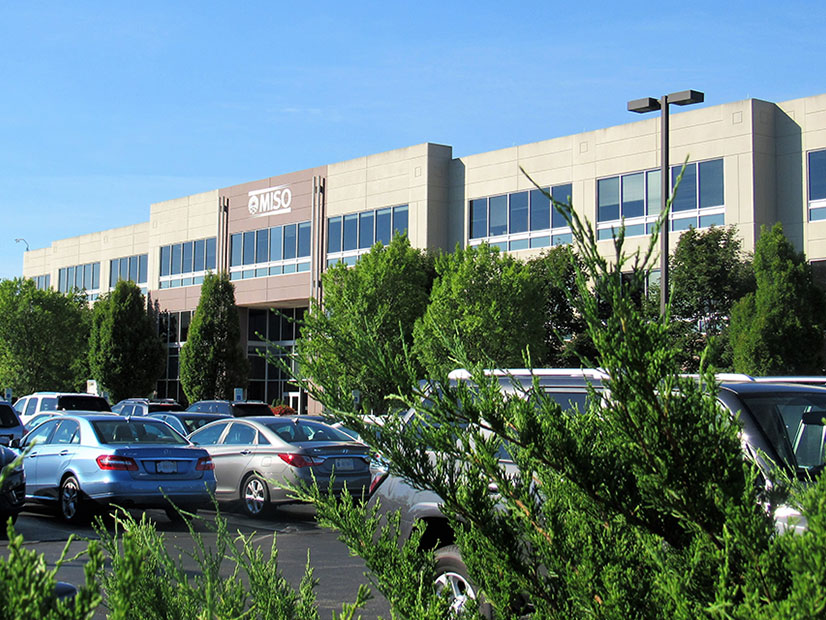MISO CEO Addresses Industry Change
MISO CEO John Bear said the collision of more frequent severe weather events and the pace of resource portfolio change necessitate expensive operating and infrastructure changes.
“It’s clear that the tools and processes that have worked well for us for many years are no longer adequate in the future,” Bear said at the Board of Directors’ meeting Thursday. “We do have some time, but it’s less time than some may think. … The future is a lot closer than any of us think, and it’s coming faster at us than ever before.”
Warnings from MISO leadership about the need for market redefinition and new transmission paths is a familiar refrain this year.
Electrification will transition MISO into a winter peaking system with steeper peaks, Bear said, adding that February’s winter storm illustrated that generation needs to be more available.
Bear also brought up the near-daily, headline-grabbing cybersecurity events lately and said MISO must better secure its system.
“Reliability is the outcome of many years of forward preparation,” he said.
MISO will likely work with the Organization of MISO States, Bear said, to recalibrate their annual resource adequacy survey. Bear said the summer peak is no longer an appropriate measuring stick for year-round reliability. This year’s OMS-MISO survey, released this month, indicated a slight uptick in future supply. (See 2021 OMS-MISO Resource Adequacy Survey Shows Less Cause for Concern.)
Bear also said MISO is working on how it will track carbon emissions on a footprint-wide or zonal basis. He said members have approached the RTO about keeping tabs on emissions. Currently, more than 95% of MISO members have carbon-reduction goals.
MISO CFO: Expect Spending Increases
MISO is underbudget so far in 2021, but CFO Melissa Brown doesn’t expect it to last.
Brown said MISO is $1.6 million — or about 1.7% — below budget, stemming in part from technological upgrades that had to be deferred because of supply chain issues.
“I think we’re all aware of the shortages on the heels of COVID,” Brown said.
MISO expects to finish the year slightly over its $271 million base expense budget because of unbudgeted legal fees stemming from the February storm and higher telecommunication expenses, she said.
In the longer term, MISO forecasts it will face a 4.9% annual increase to its base operating costs from 2022-2026. Over the past three years, the RTO experienced a 3.5% average growth rate on actual costs. The rise in costs could translate into an additional $14.7 million in spending in each of the next five years.
Bear said MISO must work harder in the coming years to control costs, given expensive market renovations, control room upgrades, more extreme weather events, stepped-up cybersecurity and transmission expansion efforts.
MISO Director Todd Raba assured stakeholders that executives and the board are aware of looming costs and will do their best to contain them.
Board Promises More Stakeholder Interaction
In response to stakeholder calls for more access to the board, Chair Phyllis Currie suggested an additional meeting during future MISO Board Weeks.
She proposed an additional two-hour Monday afternoon session reserved solely for dialogue with stakeholders. She asked stakeholders for their thoughts on an additional meeting.
“We’re looking forward to going back to in-person meetings. And when we do that, the board is going to make a concerted effort to be … more available in an informal way,” Currie told stakeholders at the Advisory Committee’s meeting Wednesday.




